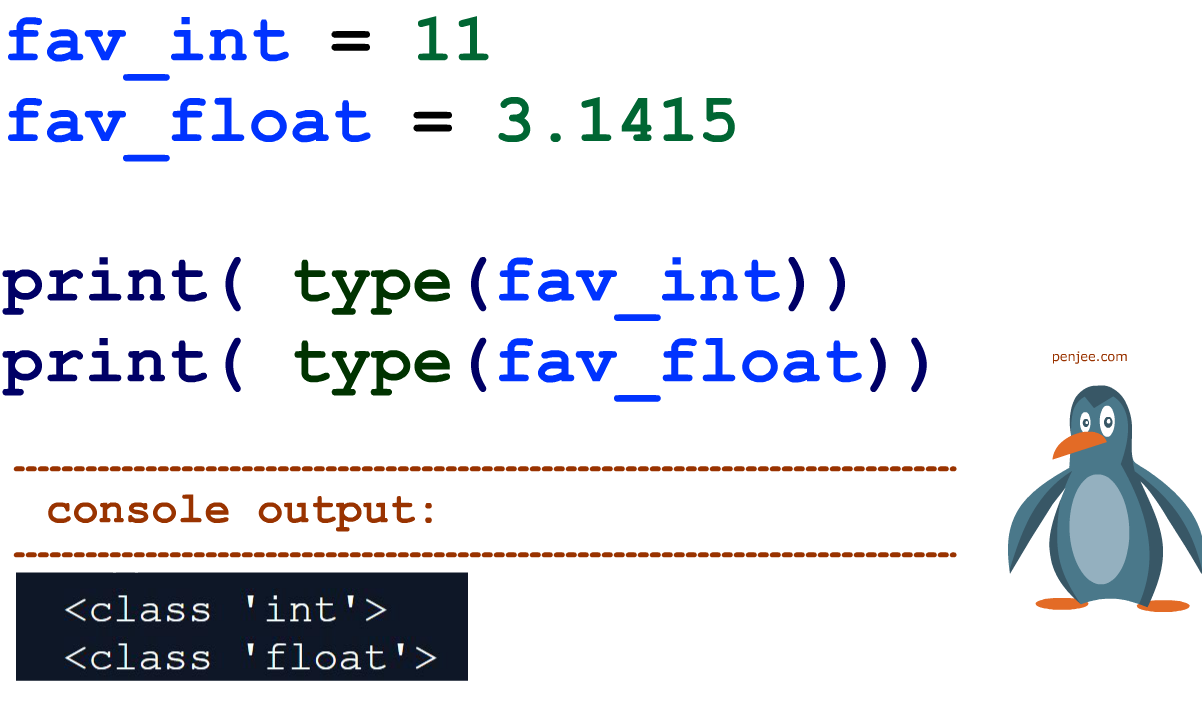

We’ve attempted to convert NaN and infinite to floating-point numbers. Words like infinity and Nan are also accepted (Not a number). Example 4: float() for Inf, Infinity, and Nan(Not a number) It’s worth noting that it skips through the leading and trailing spaces. Let’s examine how the float() function translates a number in text format to an equivalent floating-point value and returns the result. The output will be Example 3: using the float() method with a string of integers Pass negative numbers to the float() function to see how it transforms them to comparable floating-point values. The output will be Example 2: using the float() method with negative numbers Let’s observe how the float() function transforms positive numbers into similar floating-point values. ValueError: When a Python function receives an argument of the right type but the incorrect value, a ValueError is generated.Įxample 1: using the float() method with positive numbers.TypeError: When a Python function receives an argument that is not of the expected type, a TypeError is produced.


Most Common Errors When Using Float()Īn incorrect argument value is sent to this method and throws an exception. The float() method returns a floating-point value that is the same as the integer supplied as is or as a string. Here the following program will teach you about this. You only have to enter a string containing inf or NaN as an argument. Again, you can define infinite value in float and NaN (Not A Number) with this method. So if you output a blank float() function, what would it print? This might contain Infinity, NaN, inf (uppercase or lowercase).Īs we discussed previously, the argument of the float() method is optional.Leading and trailing whitespaces are deleted.Float number: This is used as a floating number.The accompanying grammar after leading and trailing whitespace characters are excluded: Different parameters that can be used with float() The argument may also be a string expressing a NaN (not-a-number) or negative or positive infinity. The optional sign may be ‘+’ or ‘-‘ a ‘+’ sign does not influence the result generated. Note: If the parameter is a string, it should include a decimal number, optionally followed by a sign, and optionally enclosed in whitespace. If the float() function fails to convert string to float, it raises the ValueError. The Python float() function is a built-in Python function that transforms the provided value (number or text) into a floating-point number and returns the result. The same difficulties that we described with the integer data type while collecting input from the user go here as well. We use the float() method to convert an integer to its float form. We may also write a floating-point number in a scientific notation using the letter e or E, and the number put after e will indicate the power of 10. In Python, floating-point numbers are represented using 64-bit double-precision values. The numbers with a decimal point are separated into an integer and a fractional component, making them floating-point numbers when combined. Float data types in Python represent real numbers with a decimal or a fractional portion.


 0 kommentar(er)
0 kommentar(er)
